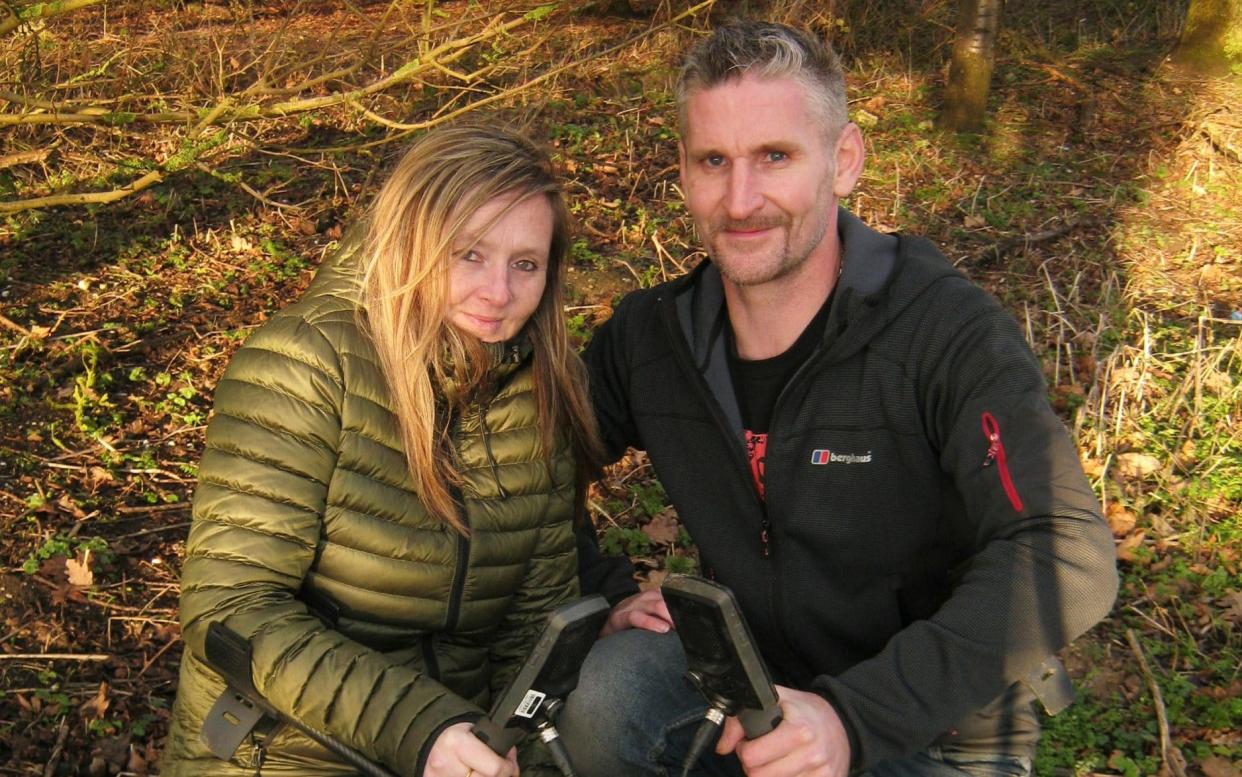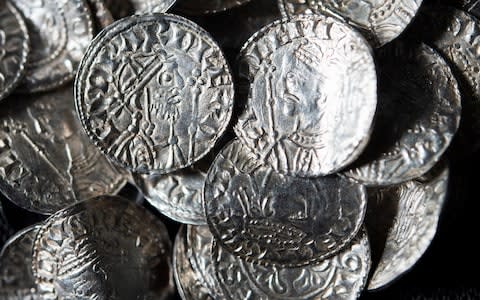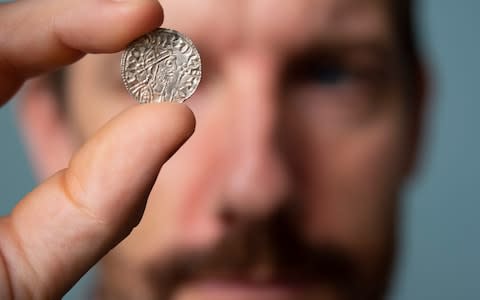Major hoard of '£5m' Norman coins are early example of tax avoidance, British Museum says

The largest hoard of coins ever discovered from the post-Norman Conquest period, found by an amateur during a metal detecting lesson, are an early example of tax avoidance, British Museum experts have said.
A hoard of 2,528 coins dating back to the Battle of Hastings include rare examples of "mules", which have the face of one king on the head and another on the tail to allow coin-makers to avoid paying extra tax.
Specialists at the British Museum said the collection, which contains five times the number of coins bearing the head of William the Conqueror than currently known to exist in total, would shed invaluable light on the period and ordinary people living under Norman rule.
The coins are likely to have been buried by a wealthy landowner in the years following the Battle of Hastings.
Adam Staples and Lisa Grace, experienced metal detectorists, said they had been teaching a hobbyist friend - who wishes to remain anonymous - how to use a new piece of equipment in a field in the Chew Valley, Somerset, in January, when he picked up a signal to the first coin.

The group went on to dig up the remainder from shallow ground over the course of around five hours, putting them in buckets belonging to a local farmer before driving them to the British Museum.
The coins bear the heads of both the defeated King Harold II and the conqueror William I. A small number show Edward the Confessor.
Some show signs of being tampered with, with the images of two different kings suggesting the person striking the coins was using an older coining tool to avoid paying the tax on an up-to-date design.

The hoard is now with the local coroner who will determine whether it is officially "treasure".
It has been reported to be worth up to £5m, though experts have indicated this is likely to be an overestimate once the condition of coins and the sudden flooding of the market they would cause are taken into account.
The final sum will be shared between the rest of the metal detecting group and the landowner.
Mr Staples, who has been treasure hunting for 16 years with his partner Ms Grace, said: "We went down for a weekend and hit the jackpot."

The hoard is the largest Norman treasure find since 1833, and features examples of how French-speaking officials had struggled to get a grip on Old English, which is imperfectly stamped onto some of the silver coins.
Gareth Williams, curator of early medieval coinage at the British Museum, said: "This is an extremely significant find for our understanding of the impact of the Norman Conquest of 1066.
"The coins help us understand how changes under Norman rule impacted on society as a whole."

